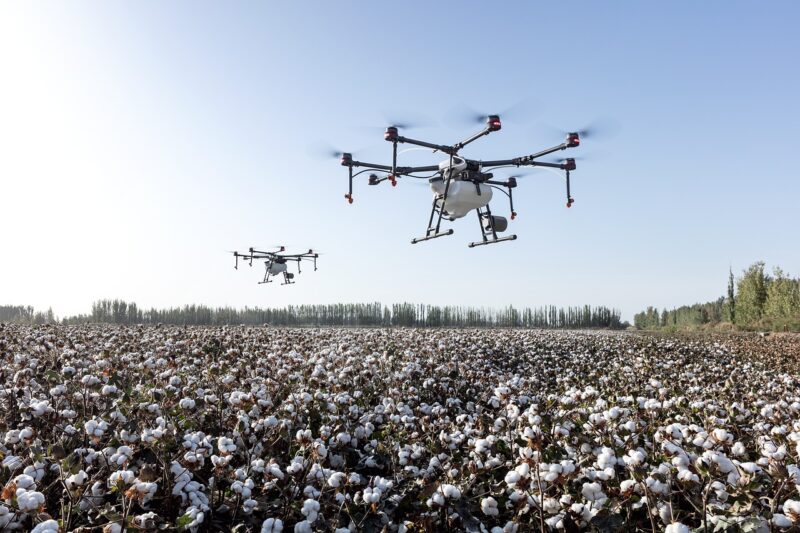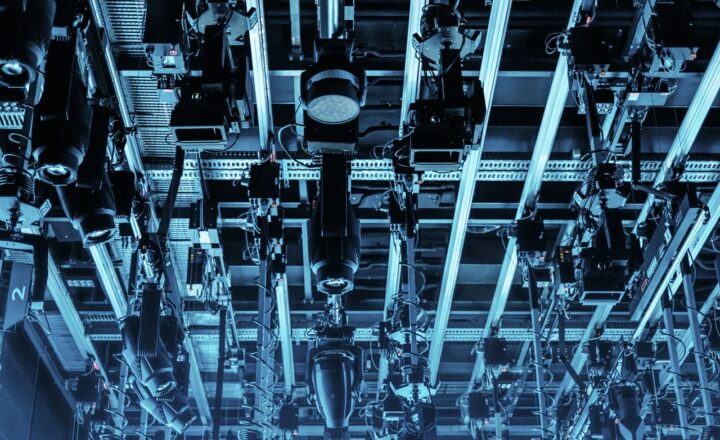How Autonomous Robots Are Being Integrated into Military Operations
November 16, 2024

In recent years, the military has seen a significant shift towards the integration of autonomous robots into its operations. These advanced technologies are revolutionizing how armed forces around the world approach warfare and defense, leading to enhanced efficiency, safety, and effectiveness on the battlefield.
In this article, we will delve into the various applications of autonomous robots in military settings, the benefits they bring, the challenges they pose, and the ethical considerations that accompany their use.
—
### 1. The Evolution of Autonomous Robots in the Military
The concept of using robots in military operations is not a new one. However, the recent technological advancements in artificial intelligence (AI), machine learning, and robotics have significantly hastened the integration of these systems into military strategies. Autonomous robots are now able to perform tasks that were once considered solely within the human domain.
#### Historical Context
The use of robotic technology in the military dates back to the early 20th century. Initially, drones were primarily employed for reconnaissance missions during World War I. Fast-forward to the 21st century, and the landscape has drastically altered; modern drones and robots are outfitted with extraordinary capabilities, including:
– **Surveillance and Reconnaissance**: Drones equipped with high-resolution cameras can gather intelligence without putting human lives at risk.
– **Bomb Disposal**: Unmanned ground vehicles (UGVs) are used for disarming explosives remotely.
– **Logistics and Supply Delivery**: Autonomous systems can transport supplies to troops in hazardous areas, reducing the risks that come with manned logistics operations.
—
### 2. Types of Autonomous Robots Used in Military Operations
Autonomous robots are categorized based on their functionalities and applications within the military context. Key types include:
#### a. Unmanned Aerial Vehicles (UAVs)
Commonly known as drones, UAVs have become a staple in modern military operations. These aerial vehicles can operate autonomously or be manually controlled from a distance.
**Key Capabilities:**
– **Intelligence, Surveillance, and Reconnaissance (ISR)**: UAVs provide real-time intelligence while remaining out of harm’s way.
– **Targeted Strikes**: Some UAVs are armed and capable of precision strikes on designated targets, significantly minimizing collateral damage compared to traditional air raids.
#### b. Unmanned Ground Vehicles (UGVs)
UGVs perform a range of tasks on the ground, including reconnaissance, mine detection, and explosive ordnance disposal.
**Key Functions:**
– **Minefield Clearing**: UGVs can navigate hazardous areas to clear mines, thereby protecting human personnel.
– **Logistical Support**: These robots can carry supplies, food, or medical equipment, especially in highly contaminated or dangerous environments.
#### c. Autonomous Underwater Vehicles (AUVs)
AUVs are utilized primarily for naval purposes, conducting surveillance missions beneath the ocean’s surface.
**Key Uses:**
– **Underwater Reconnaissance**: AUVs can map ocean floors and detect submarines or underwater hazards.
– **Search and Recovery Operations**: These autonomous vehicles can assist in locating and retrieving articles or materials from the seabed, such as downed aircraft or underwater mines.
—
### 3. Benefits of Integrating Autonomous Robots in Military Operations
The incorporation of autonomous robots in military operations offers numerous advantages:
#### a. Enhanced Safety
One of the primary benefits of using autonomous systems is the protection of military personnel. With drones and robots carrying out dangerous tasks, the risks to human life are significantly reduced. Soldiers can be kept out of harm’s way while the robots handle high-risk situations.
#### b. Increased Efficiency
Autonomous systems can operate continuously without fatigue, enabling 24/7 operations. This efficiency is vital in time-sensitive missions where waiting for human intervention could prove detrimental.
#### c. Cost-Effectiveness
While the initial investment in autonomous technology can be high, the long-term savings can be significant. Automation reduces manpower requirements and can lead to fewer operational losses.
#### d. Gathering Intelligence
Autonomous robots are equipped with advanced sensors and cameras, allowing them to gather vast amounts of data in real-time. This intelligence is crucial for strategic planning and decision-making in military operations.
—
### 4. Challenges and Concerns
Despite the benefits, the integration of autonomous robots into military operations raises several challenges and concerns:
#### a. Reliability and Trust
The autonomy of robots means that they must be reliable; failure in critical situations can lead to disastrous outcomes. Building trust in robotic systems takes time and emphasizes the need for rigorous testing and validation.
#### b. Ethical Concerns
The deployment of autonomous robots, especially in combat situations, raises ethical questions about accountability and proportionality in warfare. Concerns regarding decisions made by robots without human oversight are prevalent.
#### c. Cybersecurity Risks
Like any technology, autonomous robots are vulnerable to hacking or cyber-attacks. Ensuring the security of these systems is paramount to prevent adversaries from gaining control over military assets.
#### d. Adaptation of Military Doctrine
Integrating robots into military operations requires a shift in tactics and strategies, calling for comprehensive training programs and a rethinking of how battlefield roles are defined.
—
### 5. The Future of Autonomous Robots in Military Operations
The future of military operations seems to be heading towards increased reliance on robotic systems. Ongoing research and investment in AI and robotics will likely yield even more advanced technologies. The potential for autonomous systems to work collaboratively alongside human soldiers may revolutionize military strategies and approaches.
#### a. Swarm Robotics
In the future, we may see the deployment of swarm robotics, where multiple autonomous units coordinate their actions to execute missions collectively. This could provide overwhelming capabilities in certain scenarios and enhance tactical maneuvers.
#### b. Enhanced Decision-Making Abilities
Advancements in AI could allow autonomous robots to make quicker and more informed decisions on the battlefield, adapting to dynamic environments and collaborating intuitively with human forces.
#### c. Global Arms Race in Autonomous Technology
As nations continue to develop and deploy autonomous military robots, an arms race may emerge, leading to further advancements but also escalating tensions globally. It will be crucial for international policies and agreements to keep pace with these technological innovations.
—
### Conclusion
The integration of autonomous robots into military operations represents a significant advancement in warfare and defense strategies. While the benefits are substantial—from enhancing safety and efficiency to improving intelligence gathering—the associated challenges must be addressed thoughtfully. As technology continues to evolve, it will be essential for military leaders, policymakers, and ethicists to engage in dialogue about how best to integrate these powerful tools in a manner that aligns with international laws and ethical standards.
As we move into a future dominated by technological innovations, the role of autonomous robots in the military is poised to grow, offering exciting opportunities alongside complex challenges that must be navigated responsibly.








